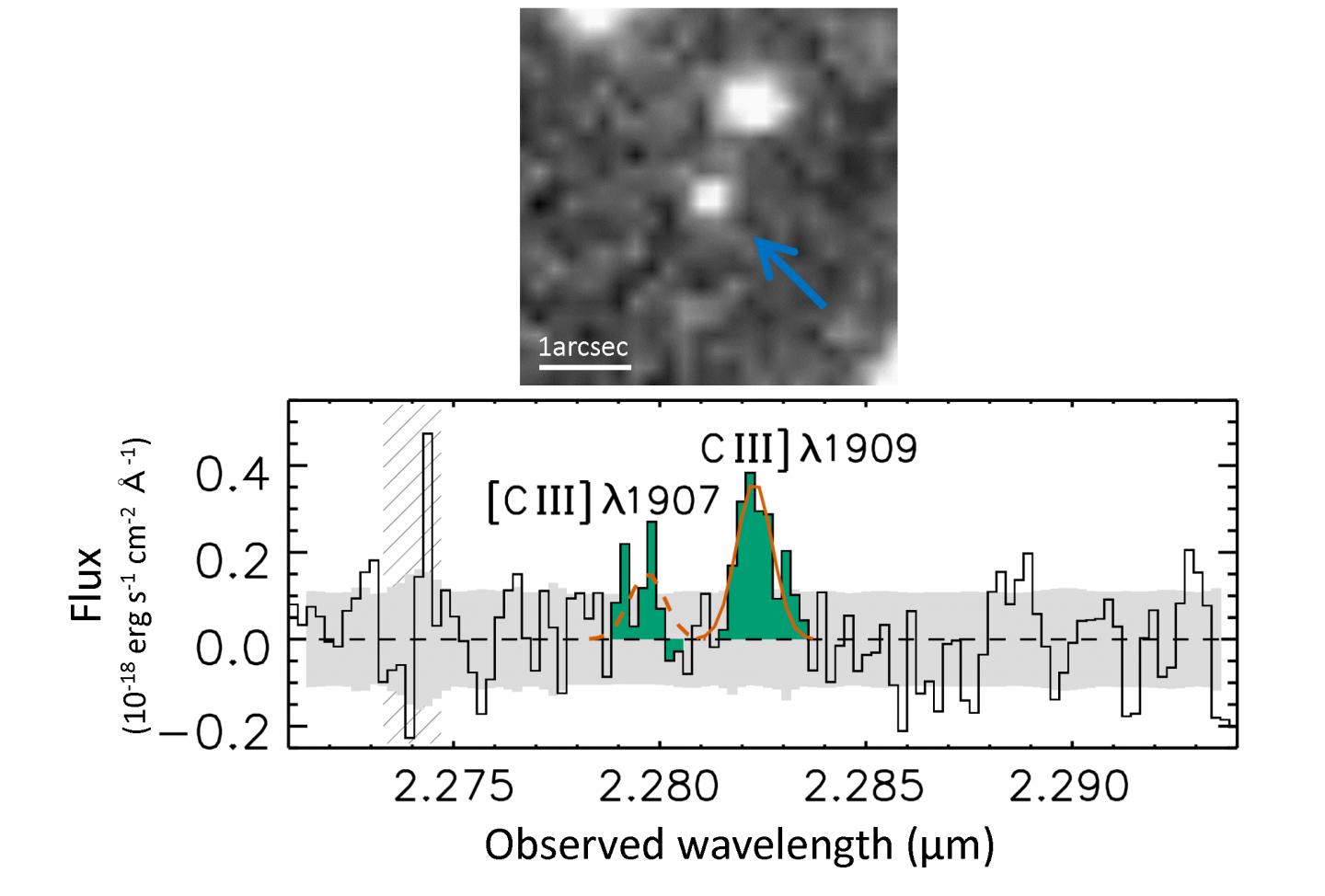The most distant galaxy in the universe
How large is the universe? As large as the most distant object we can detect, might be one answer. But this is not quite true: The most distant visible object only marks the boundaries of the observable universe. This could be GN-z11. A team of astronomers used the Keck I telescope to measure the distance to this ancient galaxy. They found that GN-z11 is not only the oldest galaxy, but also the most distant. It is so far away that it actually defines the boundary of the observable universe itself. The team hopes its study can shed light on a period in cosmological history when the universe was only a few hundred million years old.
«From previous studies, we knew that the galaxy GN-z11 might be the farthest detectable galaxy from us, with a distance of 13.4 billion light-years, or 134 nonillion kilometers,» said Professor Nobunari Kashikawa of the Department of Astronomy at the University of Tokyo. «But measuring and verifying such a distance is no easy task.»
Kashikawa and his team measured what is known as the redshift of GN-z11; this refers to the way light expands, becoming redder, the farther it travels. Certain chemical signatures, called emission lines, imprint distinct patterns in the light from distant objects. By measuring how elongated these telltale signatures are, astronomers can deduce how far the light must have traveled, and thus determine its distance from the target galaxy.
«We looked specifically at ultraviolet light because that’s the region of the electromagnetic spectrum we expected to find the redshifted chemical signatures,» Kashikawa says. «The Hubble Space Telescope has detected the signature several times in the spectrum of GN-z11. However, even Hubble can’t resolve the ultraviolet emission lines to the extent we needed. So we turned to a more modern ground-based spectrograph, an emission line measurement instrument called MOSFIRE, mounted on the Keck I telescope in Hawaii.»
MOSFIRE captured GN-z11’s emission lines in detail, giving the team a much better estimate of its distance than was possible with earlier data. When working with distances of these magnitudes, it is not practical to use our usual units of kilometers or even multiples thereof; instead, astronomers use a value known as the redshift number, denoted z. Kashikawa and his team improved the accuracy of the galaxy’s z value by a factor of 100, and if subsequent observations can confirm this, then astronomers can safely say that GN-z11 is the most distant galaxy ever discovered in the universe.
The universe itself is now much larger, however, because as the light from galaxy GN-z11 has traveled through it, it has expanded at an ever-increasing rate. Astronomers currently estimate a diameter of 90 billion light-years. What lies beyond the observable universe, we will never be able to find out.

© Kashikawa et al.)